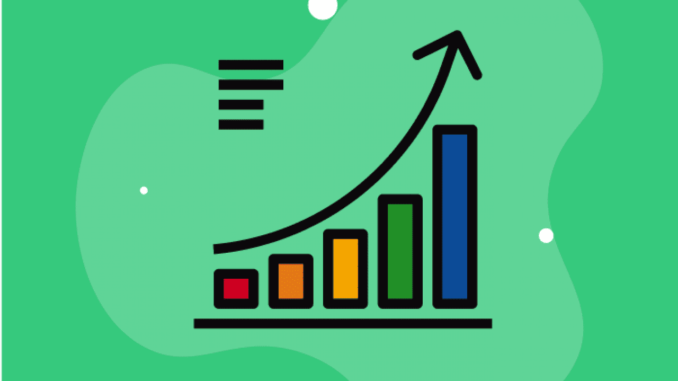
In today’s digital age, social media has become an integral part of our lives, with billions of people actively engaging on various platforms. For businesses and brands, social media not only presents an opportunity to connect with their audience but also serves as a vast repository of valuable data. Social listening, the process of monitoring and analyzing online conversations about a brand, product, or industry, has emerged as a powerful tool for gaining insights and making informed decisions. In this ultimate guide to social listening, we’ll explore how to harness the power of data to your advantage.
Table of Contents
What are the advantages of listening to social media?
In many ways, focus groups have been superseded by social listening as a form of market research for companies looking to learn customer perspectives. There are several causes for this: Social listening enables you to access the thoughts and views of billions of people all around the world, allowing you to listen to a far bigger and more varied audience.Because the information is derived from people freely expressing themselves on social media, it lessens the issue of response bias that is frequently present in surveys and interviews. It’s a lot faster and simpler choice. Focus groups involve planning that takes time and money, whereas social media listening can be done fast and as often as is necessary.
What Is the Use of Social Media Listening Tools?
Many businesses currently employ standard practices for monitoring their reputation, including print monitoring, broadcast monitoring, gauging media coverage, and producing media analysis reports. So why not apply social listening technologies in the same way?
The usage of social media is increasing year over year, even on more established sites. Research shows that after the epidemic of 2020, individuals have started spending even more time on social media, an unsurprising result of being under lockdown with little possibility for in-person interaction. In that regard, COVID-19 has also altered the course of marketing.
Additionally, there is a growing variety of social media sites to use, with new ones gaining popularity all the time. One of the major success stories of the shutdown was the short-form video-sharing network TikTok, which has now grown into a social media juggernaut.
Understanding Social Listening
Social listening goes beyond simply tracking the number of likes, comments, or shares. It involves using specialized tools to monitor mentions, keywords, and sentiments associated with your brand across multiple social media channels. By analyzing these conversations, you can uncover consumer perceptions, identify trends, and track the effectiveness of your marketing strategies.
Selecting the Right Tools
To get the most out of social listening, choose the right tools that align with your specific goals. Some popular social listening tools include Hootsuite, Sprout Social, Mention, and Brandwatch. These platforms help you gather and analyze data from various social media channels, providing valuable insights into your brand’s online presence.
Defining Your Objectives
Before diving into social listening, outline clear objectives. Whether it’s improving brand reputation, understanding customer pain points, or tracking competitors, having specific goals will help you tailor your approach and focus on relevant data.
Monitoring Brand Mentions
Monitor mentions of your brand, products, or services across social media channels. Pay attention to both direct and indirect mentions, as well as any sentiment associated with them. Positive mentions can help you identify brand advocates, while negative ones allow you to address issues promptly.
Tracking Industry Keywords
Stay on top of industry-related keywords and hashtags to understand trending topics and consumer interests. By identifying popular keywords, you can create relevant content and engage with your audience more effectively.
Analyzing Competitor Activities
Social listening also allows you to keep an eye on your competitors. Monitor their brand mentions, campaigns, and customer feedback to gain a competitive edge. Understanding what works for them can inspire your marketing strategies.
Identifying Influencers
Social media influencers can significantly impact brand perception and reach. Use social listening to identify influencers who are talking about your brand or industry and collaborate with them to amplify your message.
Responding to Customer Feedback
Respond promptly to customer feedback and queries on social media. Engaging with your audience shows that you value their opinions and are willing to address their concerns, fostering brand loyalty.
Analyzing Sentiment and Trends
Dive deeper into sentiment analysis to understand how people feel about your brand and products. Positive sentiments indicate areas of success, while negative ones highlight areas for improvement. Additionally, tracking trends helps you stay relevant and adapt to changing consumer preferences.
Integrating Social Listening with Business Strategies
Integrate the insights gained from social listening into your broader business strategies. Use the data to improve product development, marketing campaigns, customer service, and overall brand positioning.
In conclusion, social listening empowers businesses to make data-driven decisions, enhance customer experiences, and stay ahead in a dynamic digital landscape. By tapping into the wealth of information available on social media, brands can unlock new opportunities and build stronger, more meaningful relationships with their audience. Embrace the power of social listening and unleash the potential of data to drive your business forward.

Leave a Reply